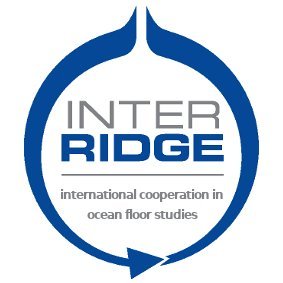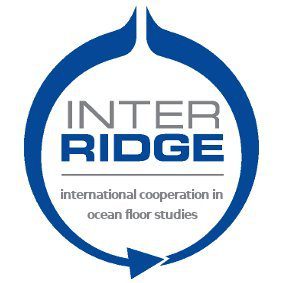InterRidge 2022 Webinar January
Volcanic Islands near Mid-Ocean Ridges: the Azores (10:00 am GMT, Monday January 17th )
Summary
The recent eruption on La Palma, Canaries, has shown how disruptive geological events can be to populations living on remote islands. Lying around plate boundaries, the Azores Islands also illustrate this well, being affected by frequent earthquakes and volcanic eruptions. Giant landslides have captured imaginations because of the potentially enormous threats they could pose but less well known are the many small landslide valleys that occur in the upper submarine slopes of volcanic islands. Although much smaller, they may present a hazard simply because there are so many of them and thus likely to be more frequent; for example, >1000 such valleys have been mapped around the central Azores islands. Tsunamis produced by these landslides are predicted to have been modest, though 13 may have been >1 m above the landslides and amplified during runup around coasts. Differences in landslides abundances and sizes found between islands could indicate differences in frequency of large earthquakes, so landslide mapping may help with earthquake hazard evaluation. Sediment cores from among the islands also help to characterise the frequency of events that have produced abundant volcaniclastic beds. Around 1/3 of those beds are secondary (e.g., containing carbonate particles of shelf origin) and thus potentially originate from landslides, while the remaining 2/3 are primary and thus likely originated more directly from volcanic eruption columns. 14C dates reveal that sedimentary flows large enough to emplace volcaniclastic beds are infrequent (mostly less than one per ky at each core site).
Main points
- Small landslides are common in upper submarine slopes of volcanic islands.
- Differences in landslides abundances and sizes could indicate differences in earthquake frequency between islands.
- Volcaniclastic beds in adjacent basins originate directly from eruptions and indirectly from remobilised deposits.
Brief information about Dr. Neil Mitchell: Main career and academic interest
Dr. Neil Mitchell obtained his DPhil from the University of Oxford in 1989. He then held research fellowships at Lamont-Doherty Earth Observatory, Durham University, University of New Brunswick and University of Oxford before beginning as a lecturer at Cardiff University. He is currently Reader in Marine Geophysics at the University of Manchester. His work has addressed aspects of Marine Geology and Geomorphology, mainly using data from seabed mapping sonars, which he has used to study features produced by sedimentary, volcanic and tectonic processes. Locations of study have varied through most recently have focused on the Azores and Red Sea.

